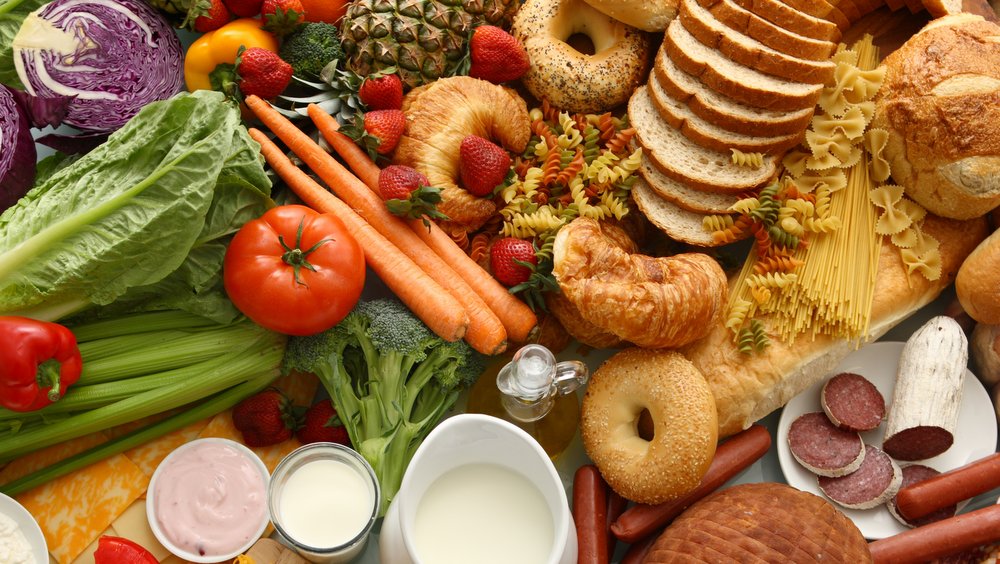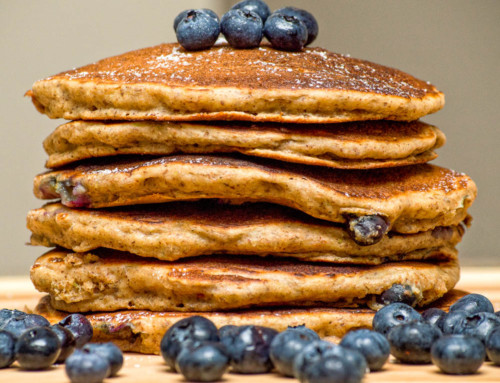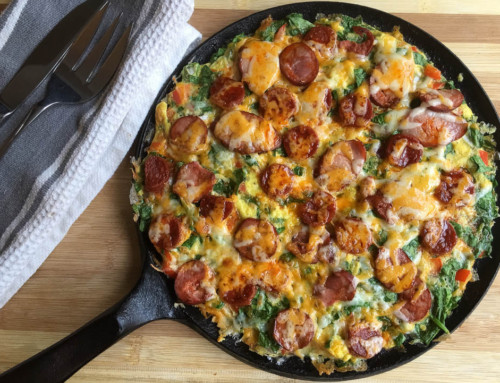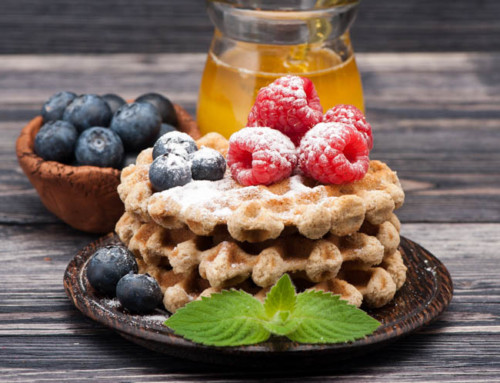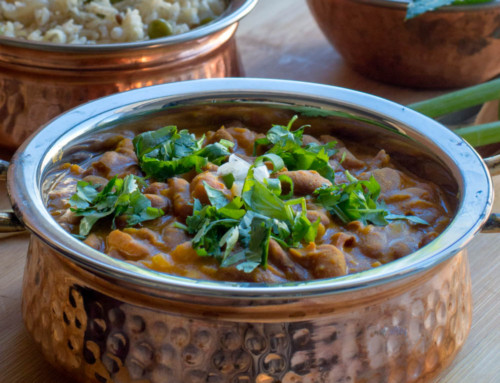Carbohydrates (carbs) are a long chain of connected sugar molecules that are part of numerous food products. With many existing variations, not all carbs are created equal.
Some carbs like fruit and vegetables, come packaged in complex shapes (fiber), along with other nutrients such as vitamins, minerals, phytochemicals, protein and fats. There are also some products where the overall package have been modified or processed leaving carbohydrates as a main ingredient without much other nutrition. These are known as processed carbs and are the focus of this article.
As a collective species we are designed to crave, process and utilize this sweet macronutrient. However, the problem lies in eating the wrong type of carbs.
Bad carbs come in way of processed foods, be it grains enjoyed as white bread to fruits in form of juice. This article will focus on the best ways to cut back on these processed carbs. As well as continue the conversation as to why carbs overall are considered unhealthy and the biggest misunderstanding about this essential macronutrient.
5 best ways to cut back on Carbs
Bad carbs often come in form of highly processed foods like:
Processed grains that include breakfast cereals, breads and pasta;
Treat foods like chocolate bars and baked goods—cookies to cakes;
Drinks like juice, soda, lattes and alcohol.
At Science and Strength (S&S) household, the preferred method of minimizing processed carbohydrate consumption is to focus on one meal at a time. Let’s begin!
1. Breakfast
Begin the day by being mindful of ingredients within your meals and minimizing processed carbs right from the start. Processed carbs found in breakfast cereals, egg sandwiches, bagels and cream cheese produce strong metabolic response, stressing your internal systems and negatively impacting health and waist lines. For breakfast, it is best to consume foods that will maintain consistent blood-sugar level, steadily providing energy while keeping you full until the next meal. Our quick and easy, go-to, high protein and fiber-rich breakfast includes warm whole grain oats, made with a blended mix of milk (can be substituted for milk alternative), walnuts and apple.
Recipe: 5-minute, Busybody Porridge recipe
2. Snacks
Often times for a morning or afternoon snack the body craves something sweet as a pick-me-up. When this craving comes on, opt for a protein-rich smoothie with added fruit and good fats (nuts and avocado) to keep you going for hours until the next meal. Fruit provides the desired sweetness and healthy fats from avocado smoothes the overall creamy texture often associated with chocolate bars. We add vanilla-flavoured protein powder to smoothie for essential amino-acid profile, but any protein powder product (flavoured or otherwise) will suffice. Our smoothie version tastes like a vanilla milk shake, without the guilt empty calories!
Recipe: Protein-rich energy Smoothie
3. Drinks
Sugar-sweetened beverages (SSB) are a tough replacement! There are few things that can replicate the taste of cold soda such as Coke or Pepsi. So, we don’t even try! Don’t buy them, don’t look at them, and avoid grocery and or cafeteria areas where such products are showcased and sold. Giving up a SSBs is hard at the beginning but gets easier with every avoidance until you can control such cravings.
If you are a regular soda consumer such as Coke or Pepsi, substituting an original can for a low-calorie or newly introduced “green” versions is a recipe for failure. These low calorie alternatives are packed with numerous artificial sweeteners and/or heavily processed sugary substitutes which are far from their natural form. Hazards of artificial sweeteners and sugar substitutes (such as agave nectar) are beyond the scope of this article, but will be discussed in future posts. The goal is always to select a healthier alternative including for pick-me-up situations. A good option is a whole foods smoothie made with yogurt and fruit. Here you will get both the sweet taste and chilled texture enjoyed in a SSB—recipe coming soon!
Creating smoothies is not practical when out on the road or at work, but drinks can still be substituted with healthier alternatives. A piece of sweet fruit like a banana with vanilla yogurt will go a long way. The natural sweetness of fruit satisfies taste buds for all sugary cravings while milk-protein in yogurt provide lasting satiety. Cool yogurt temperature mimics some of that chilled beverage effect.
Juice is another processed product and should be substituted with a whole foods smoothie of your choice. Smoothie is always a better option due to its fiber content that is present within the pulp. At work with no access to a blender—no problem. Drink water, plain, unflavoured water and have a piece of fruit or two.
Lattes and other warm beverages can be switched for plain tea or coffee. These substitutes are often cheaper alternatives which also allow you to control the level of sweetness (sugar, syrup, other toppings) and fat (whip cream) within such drinks.
4. Dinner
Most of us, love creamy pasta covered with sweet and salty marinara sauce and parmesan cheese for dinner. But, you can get the same satisfying texture with added fiber benefits of whole foods by substituting beans. Our go-to recipe that satisfies the carb needs is also fiber-rich, filling and satisfying—veggie bean burgers.
If you are not yet convinced of this substitution—beans for pasta—let us explain.
The secret to a healthy and satisfying carb substitution is that the alternatives should be of comparable taste, texture and macronutrient value. These burgers are just that, creamy like pasta and full of flavour like marinara sauce and cheese, not to mention they too are high in carbs. But, don’t fear the carbs here as they are of complex variety, the ones your body craves and is used to maximize on for improved gut health and immunity.
Recipe: Veggie burgers for the Carnivore in you!
5. Dessert
Sweetness and carbs are once again things we are accustomed to enjoying after a meal. Foods like ice cream, cakes, brownies tug at our need for sweet tastebuds. If you want to lose-fat the right way by cutting down calories, dessert is the first place to start. At S&S household, we simply don’t eat dessert on a regular basis and such treats are occasionally enjoyed on birthdays or other celebrations.
But, we all need to start somewhere and may we suggest, first fill up on a healthy dinner and then try to satisfy the sweet tooth with a small bowl of chopped up fruit. Another go to favourite is a small vanilla yogurt or even smaller scope of creamy vanilla ice cream, topped up with diced banana. By eating this slowly, the body will maximize on the flavour and decrease the need to eat more.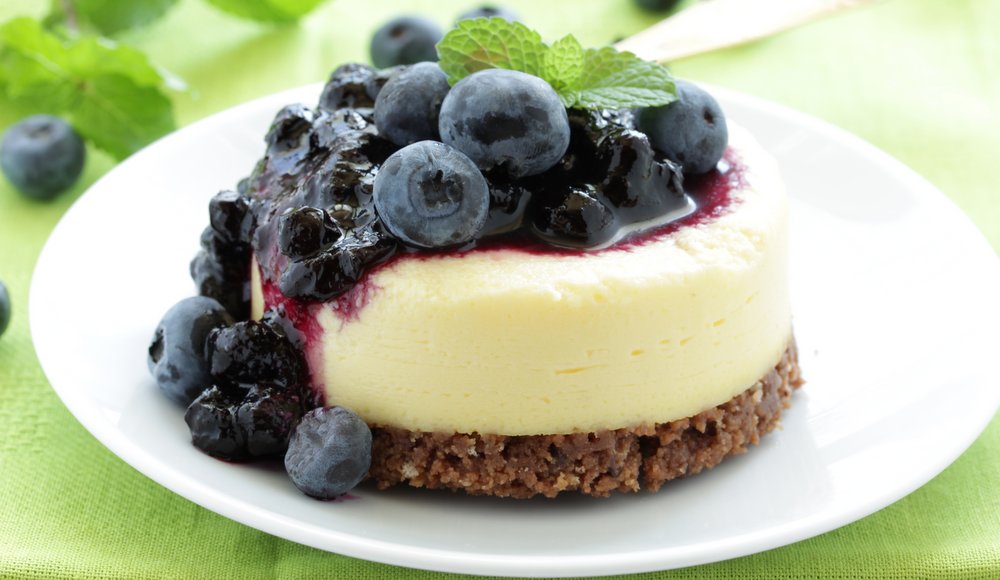
“Unhealthy” High-carb Diets
High-carb diets often consist of processed carbs like breads, pasta and baked goods. These foods are void of fiber, micronutrients like vitamins, minerals and phytochemicals; as well as protein and essential fats. Processed carbs consist mostly of simple sugars, like glucose that cause a rapid increase in blood sugar levels, leading to strong body response by releasing copious amounts of insulin hormone.
Insulin release results in fast clearing of glucose from the blood into cells leaving you feeling hungry soon after the meal. This triggers you to eat more simple carbs at the next meal and this cycle (of high peak insulin response and low valley hunger) continues. Overtime these food choices lead to a broken system where cells become accustomed to high insulin concentrations present, and stop responding to this energy deciding hormone. This condition, known as insulin resistance leads to number of metabolic conditions including type 2 diabetes.
Furthermore, the cleared glucose that is not utilized is re-built into triglycerides and stored as fat. Once fat storages are maxed out, the body continues to find and deposit fat in other areas such as arteries, leading to circulation issues and cardiovascular disease.
Biggest misconception about Carbs
The one important factor to consider is that not all carbs are created equal. Many believe that carbs are the breads and bakery treats but, carbs are part of many different products including fruits, vegetables, whole grains like brown rice, and legumes (beans and lentils).
Good-carb foods are linked to weight-loss and better metabolic health. These whole carb foods are high in digestible and indigestible fiber that yield benefits towards internal gut health, immunity and satiety. Furthermore, good-carb foods are high in vitamins, minerals and phytochemicals essential for overall metabolic activity and well being.
Final Thoughts
If you carve carbs don’t suppress or shy away from that urge. Your body is possibly trying to tell you something—it needs energy. To satisfy this sugar craving, opt out for carbs found within whole foods like fruits, vegetables, beans and lentil, along with whole grains like brown rice.
In reality, we often consume one macronutrient more than others, carbs being such option. In this day-and-age, our brains are always ON, working, thinking, and worrying every waking moment. During sleep, the brain continues to coordinate many body functions. Carbs, in from of glucose are essential for a healthy supply of brain food.
Busyness and stressors of modern day lifestyle require the body to be at its best. Therefore, fuelling the body and brain with carbs in their natural, whole foods form is the most effective option.
We hoped you enjoyed this article, if so, our request please share it on your favourite social media so, we can get on google’s radar. Fell free to leave us a comment and start a discussion on the topic.
You may also be interested in learning more about our The No-Diet Book.

